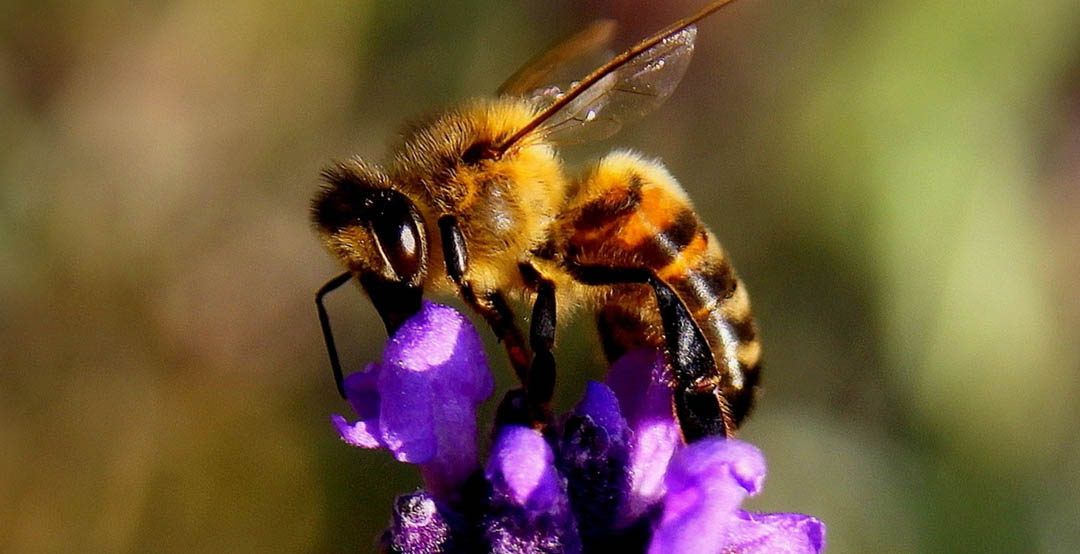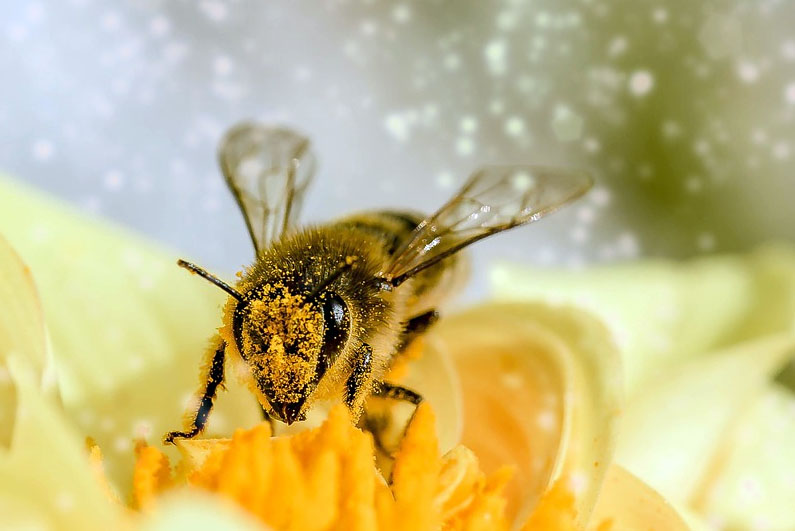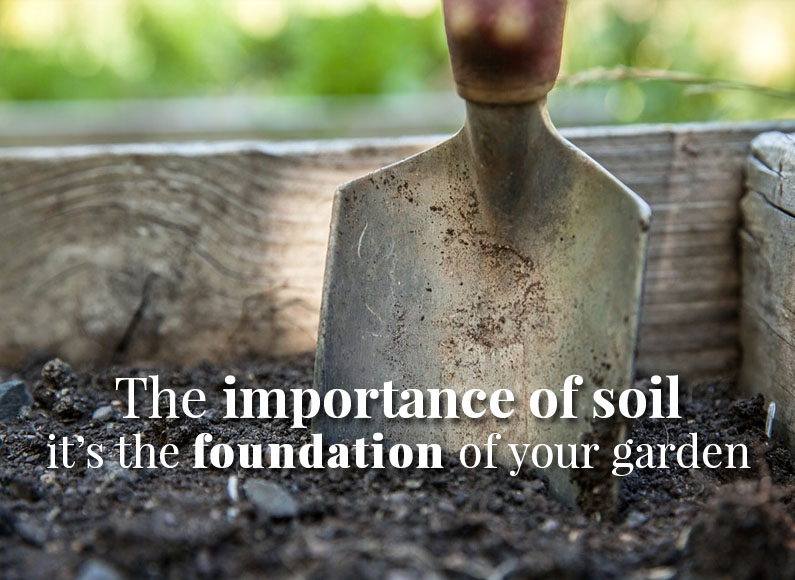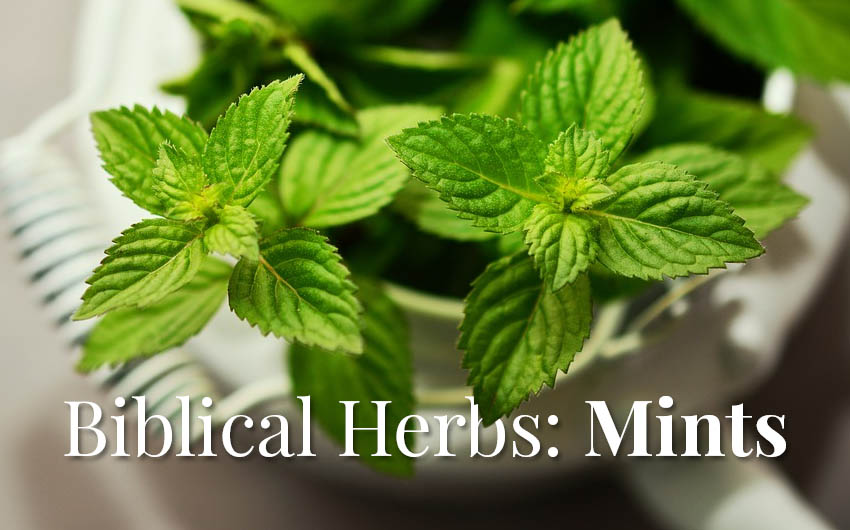
by Herb Exchange | Jul 24, 2019 | Flowers, Wildlife |
Humans are a fickle bunch, and try as I might, they are hard to figure. Say one thing, mean another. Say one thing, find out it wasn’t true. Commit to one thing, then change courses. Not saying I’m any different, but the dependability of nature (well maybe not weather) is something that brings me a lot of comfort. Cycles that repeat; you sort of come to depend on them. Geese come south, geese go north. Jenny wrens nesting in the same clay pots they used the year before. My mother in law’s daffodils emerging in late February, as they have been since she planted 30+ years ago. Even the sturgeon have decided the river is clean enough to make a comeback. We brought them to the brink of extinction, then we decided to bring them back. See what I mean? Fickle.
Well there is one cycle that is truly a wonder: the migration of the monarch. Their life cycle is equally awe inspiring but let’s focus on this trip! There are so many wondrous aspects of this flight, described as ‘epic’, so let’s start with this:
The monarch migration is the longest known insect migration on earth.
Chew on this: a monarch can leave Nova Scotia, Canada and travel to the mountains west of Mexico City, which works out to somewhere around 3,000 miles. A butterfly, mind you. Miracle? (more…)

by Herb Exchange | Jun 21, 2019 | Herbs, Miscellaneous |
Ever since humans discovered the many, powerful uses of herbs and spices, they’ve been fascinated by their smells, their tastes and their medicinal purposes. What many people fail to realize, is that the simple herbs and spices that are growing in their gardens and sitting in their kitchen cabinets have had important roles in the history of human civilization. Before modern refrigeration, spices were one of the only ways that people could keep their food from spoiling or enhance its flavor.
Herbs were around before the advent of contemporary medicine, so mixing plant ingredients together in a homeopathic remedy was the only option for relief from some illnesses. From the opening up of the spice trade in Asia in the Middle Ages to the misdirected spice seeking voyage that led to America, spices and herbs have played a powerful part in our legacy as a people. Here are some of the most storied tales of the most popular herbs and spices used today. (more…)

by Herb Exchange | Apr 3, 2019 | Basics, Flowers, Gardening, Wildlife |
No doubt, you are somewhat familiar with the plight of the pollinators. If you listen carefully, it feels as if so much of our natural world is facing a challenge, and it is, but there is something that all gardeners can do to help. Plant a garden packed with the right plants for these pollinators.
We are placing our focus on bees right now, as bees are the most critical pollinator we have. To refresh your memory, the issues facing bees are simple:
- Loss of flowering plants
- Loss of habitats
- Pests and diseases
- Climate change
We want to think that all of us can affect change, and make a difference, and in this case you can. If we focus on the loss of flowering plants, we can definitely be of service to bees in our world. If the problem is the loss of flower-rich habitats, the solution is to plant the best varieties of plants that provide both pollen and nectar. We grow herbs, and over 60 of our herbs are considered bee friendly. (more…)

by Herb Exchange | Mar 28, 2019 | Flowers, Gardening, Pests and Problems |
Truth be told: I’m a huge fan of apocalyptic or dystopian fiction. Or, a fancier term, ‘speculative fiction’. Meaning the ‘what ifs’ in life; what if there was a pandemic, a nuclear explosion, or some cataclysmic event that creates a VERY challenging world for those left behind.
I’m no writer, but if I was, I think an interesting topic that could jump start one of these novels would be the elimination of pollinators from our natural world. Oh, wait. That is already happening. Let’s consider the bees. We, and I’m including myself in this collection, are terrible for bees. We’ve caused pollution, we’ve destroyed a lot of their habitat and the use of certain pesticides have threatened their existence. There is also the issue of a parasitic mite that is a huge contributor to their decline.
Bees. Did I mention that we can’t live without them?
(more…)

by Herb Exchange | Mar 3, 2019 | Basics, Gardening, Growing |
We’ve written a lot about soil over the years, mainly passing on information that we’ve gathered over 40 + years of gardening. And, although this basic element is so essential to the success of any herb garden, and you’d think we ‘knew it all by now, there is always more to share!
We can’t emphasize this enough: knowing your soil, and understanding what to do to improve your soil, is the most important thing you can do to guarantee healthy and happy herbs. Nutrients must be available to plant roots. Too sandy and porous means that the nutrients are not going to stay in the soil, and will not get to the plants. Too compact and heavy, the soil won’t give up the nutrients and compaction around the roots means that you run a good chance of losing your herbs.
Good soil is the foundation for healthy herbs:
- Soil provides access to nutrients, water, & air
- Soil stabilizes a plant’s roots
- Soil assists a plant’s natural resistance to pests and diseases
We classify soil in terms of its consistency:
- Sandy soil is easy to dig, but it doesn’t hold nutrients or moisture. On its own, sandy soil cannot provide your plants with the necessary ingredients for growth.
- Heavy Clay soil is heavy and the clay tends to bind the soil, not allowing air to penetrate and holding water risking rot of your roots. Additionally, that sticky soil will not release the needed nutrients.
- Loamy soil is a perfect balance that provides your plants with moist and crumbly soil that smells rich and ‘earthy’. A significant component of this wonderful blend is compost, decomposed organic matter sometimes referred to as humus.
(more…)

by Herb Exchange | Feb 25, 2019 | Culinary Herbs, Guest Authors, Herbs, Miscellaneous |
Plants are first mentioned in the Bible in the first chapter of the first book: “Then God said, ‘Let the earth bring forth grass, the herb that yields seed, and the fruit tree that yields fruit according to its kind…” (Genesis 1:11). Throughout the ages, the Hebrews have attributed holiness to many species of plants. The Scriptures associate feasts, rites and commandments with many plants and their cultivation. Early written information about herbs is found in the Bible back to the time of Moses or even earlier. In Exodus 12:22 Moses tells the children of Israel how to save their children by using the herb and lamb’s blood. “And you shall take a bunch of hyssop, dip it in the blood that is in the basin, and strike the lintel and the two doorposts with the blood that is in the basin.” In Numbers 19:6, 18 hyssop is again mentioned. Also, in 1 Kings 4:33 God gave Solomon wisdom, “And he (Solomon) spoke of trees, from the cedar tree of Lebanon even to the hyssop that springs out of the wall…” Psalms 51:7 refers to this plant: “Purge me with hyssop, and I shall be clean; wash me, and I shall be whiter than snow.” While pride is symbolized by the majestic cedar of Lebanon in Jewish tradition, the lowly hyssop represents modesty and humility. At least eighteen plants have been considered for the hyssop of the Bible, but modern botanists have generally agreed that Syrian majoram (Origanum syriacum) is the likely plant. It seems to fit well with these verses. It was used to cleanse homes defiled by leprosy or death and came to symbolize cleanliness. Its fragrance and taste led it to be prized by the ancient Romans and the Greeks before them. Bridges and grooms wore crowns made of marjoram. It was also quite likely prized in the kitchen, as it is now.
(more…)






